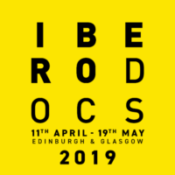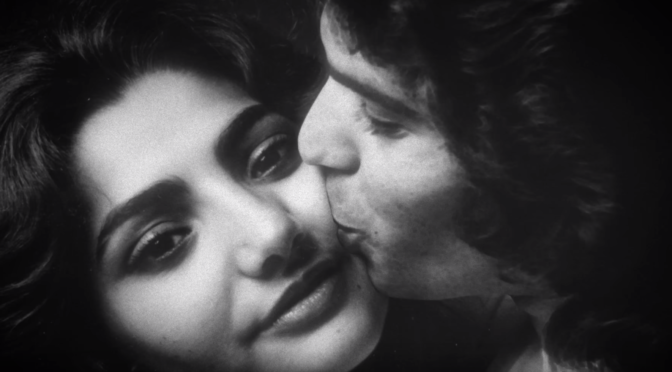 CAMARÓN: FLAMENCO AND REVOLUTION by director Alexis Morante is a well shot, fluid exploration of the life of flamenco singer Camarón de la Isla, from his origins as a poor young Roma playing for the attention of rich Spaniards in bars to performing on stage in Switzerland with Quincy Jones to thousands of people.
CAMARÓN: FLAMENCO AND REVOLUTION by director Alexis Morante is a well shot, fluid exploration of the life of flamenco singer Camarón de la Isla, from his origins as a poor young Roma playing for the attention of rich Spaniards in bars to performing on stage in Switzerland with Quincy Jones to thousands of people.
The narrator, a well-known Spanish actor named Juan Diego, takes a convivial approach to narration, as if telling the tale of Camarón in a pub over drinks while watching the old footage. It is a different approach to standard English language documentary, but it works well with the intimate approach the film takes to its subject. Whenever the narrator deviates from strict facts into a more elaborate story-telling style the documentary also shifts to very well-done animated sequences, which are often also accompanied by recordings of Camarón’s songs. While the hand drawn animation is visually interesting, the more obvious CGI effects used in transitions in the film are somewhat jarring compared to the tone of the rest of the movie, which is set firmly several decades in the past.
The film discusses the prejudices and discrimination the Roma community of Spain faced, and Camarón’s role as a public face of the community. The film is more concerned with the musical legacy than the socio-political, but it was very striking to see the footage of fire bombed Roma communities and the casual racism that people of the 1970s (and most likely today, as well) used when asked what they thought of the crimes committed against the community. While the film did not show any footage of Camarón responding to this attitude publicly – he was apparently a man of few words – they effectively made the case that he was giving voice to his people through his music, especially his hit song Soy Gitano, which also plays over the end credits.
Camarón was clearly an innovator in his genre, modernising his sound with electric instruments and influences from the rock world. However, as is often the case with rock stars, the hard-living lifestyle of smoking, drinking, and drugs caught up with him very quickly, and he died in his mid-forties from lung cancer. The footage of his funeral procession is very effective in showing how beloved he was in his community, with his coffin draped in the flag of the Roma.
For those unfamiliar with Camarón or with Flamenco culture, the film does not help to educate its audience, however. It is clearly aimed towards those familiar with the subject rather than newcomers. There is a moment where archival film of a flamenco singer named Antonio Mairena discussing his own impact on the legacy of flamenco. Despite eliciting audience laughter, to an outsider there seemed to be nothing humorous, aside from perhaps some pomposity, about what he had said.
In all, for those who enjoy flamenco music and are familiar with the culture, Camarón will be an enjoyable film to watch, and for the more socially conscious there may be some interest in seeing a documentary about a Roma person, a community that are very rarely spoken of, and much less spoken of in positive terms, in the media. However, for someone who knows nothing of the subject there is less material to hold attention for the course of the documentary.


One thought on “Camarón: flamenco y revolución”
Comments are closed.